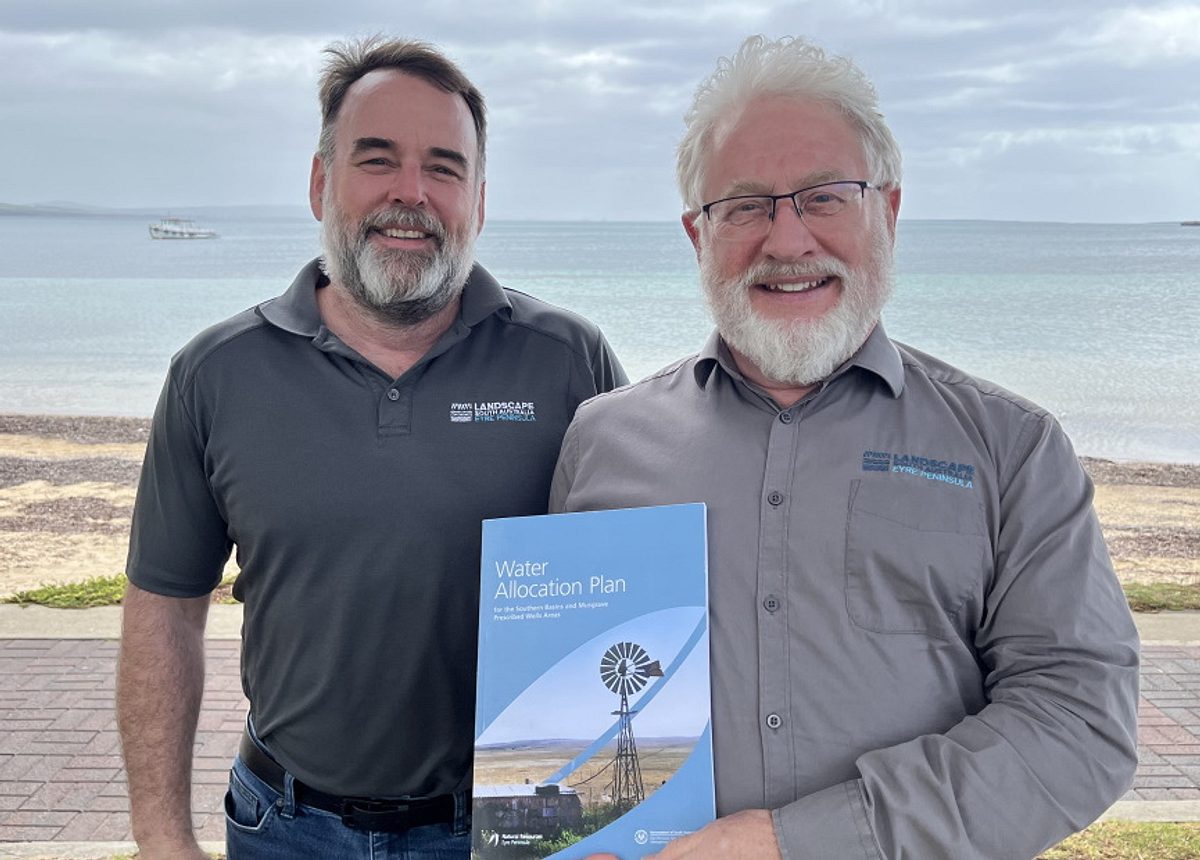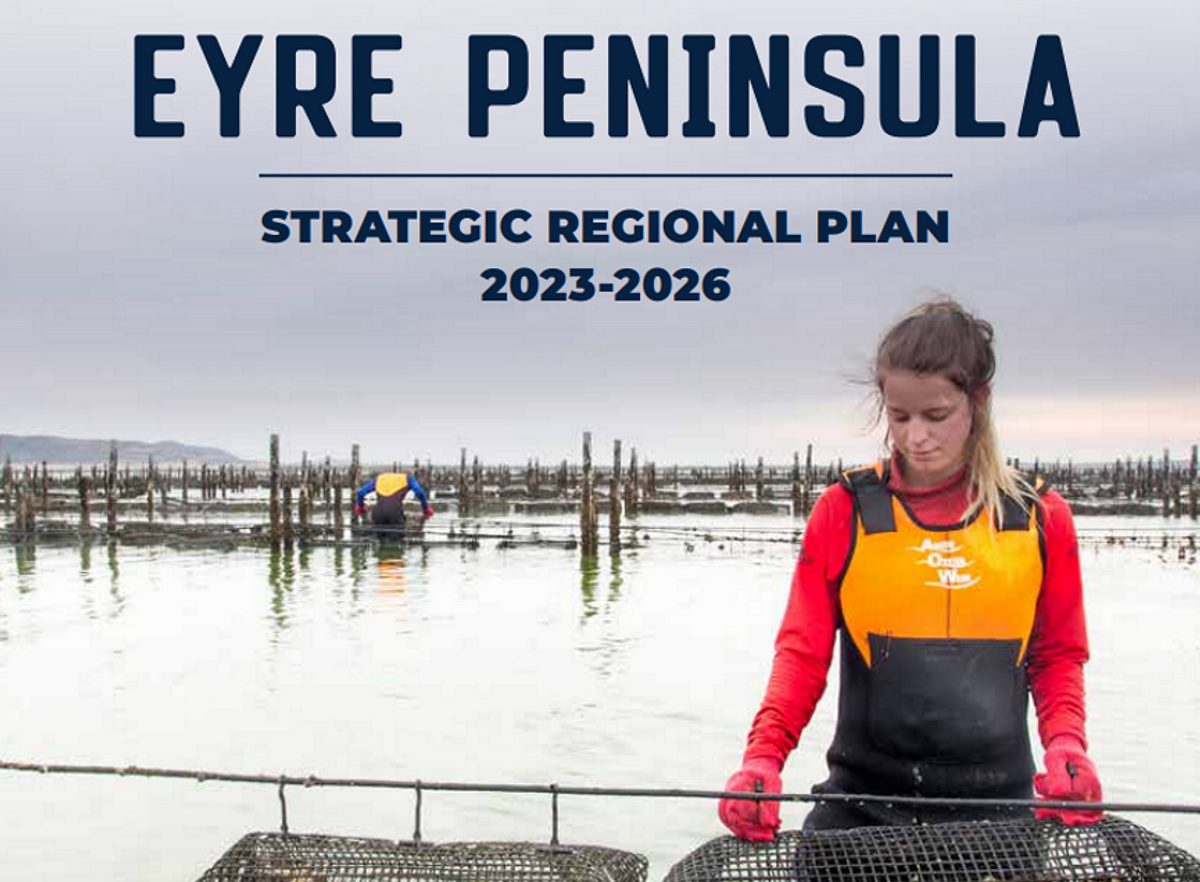Hoodie monitoring hopes to increase breeding success
With bird scopes, binoculars and cameras at the ready, Eyre Peninsula Landscape Board staff and volunteers have eagerly begun monitoring Hooded Plover beach nesting territories on the Eyre Peninsula.
17 August 2020
Monitoring is occurring under the Saltmarsh Threat Abatement and Recovery (STAR) Project. This project is supported by the Eyre Peninsula Landscape Board, through funding from the Australian Government’s National Landcare Program. The monitoring program is being run in conjunction with Birdlife Australia’s Beach-nesting Bird Project.
Landscape Officer Libby Hunt said monitoring is essential to increasing the chances of survival of this threatened species, as the data gathered helps scientists understand the threats impacting on breeding success and then implement threat abatement activities.
“The Hooded Plover is on Australia’s top 20 threatened species list, and monitoring enables us to determine where the hoodies are experiencing breeding success, the threats leading to breeding failure and potential areas where threat abatement activities may increase a pair’s chances of raising a chick to fledgling age,” Ms Hunt said.
Now in the second year of the STAR project, monitoring will be combined with threat abatement activities to reduce feral predator pressure, limit human disturbance and clean up debris and waste.
“The Hooded Plover is a much loved but threatened species and it’s important we do everything we can to protect them,” said South Australian Minister for Environment and Water, David Speirs.
“This project will help improve monitoring of the Hooded Plover nesting territories on the Eyre Peninsula and is a great example of cooperation between the local community and all levels of government.”
Landscape officers are using remote camera monitoring to detect predator presence and frequency around nesting sites, in conjunction with regular site visits.
“Pest animal control will then be targeted in feral predator hot spot areas in an attempt to reduce predation on chicks,” Ms Hunt said.
One experienced volunteer has recently begun territory monitoring for the 2020 season and has experienced first-hand the impact of feral predators.
“Whilst we’re only a few weeks into the monitoring season, our volunteers are already seeing significant evidence of foxes and feral cats frequenting the beach nesting territories with one coming face-to-face recently with a feral cat on a nesting site from last season,” Ms Hunt said.
“Sightings like this are of high concern.”
The STAR project hopes to improve the reproductive rates of Hooded Plovers by June 2023, through improved protection of identified nesting sites, pest control and monitoring and community education.
If you’d like to know more or become involved please contact Landscape Officer Libby Hunt on 0437 701 810 or visit: www.landscape.sa.gov.au/ep/Stewardship-priorities/Landscape-management/star-project
The Eyre Peninsula Landscape Board came into effect on 1 July 2020, replacing the former Eyre Peninsula Natural Resources Management Board.



